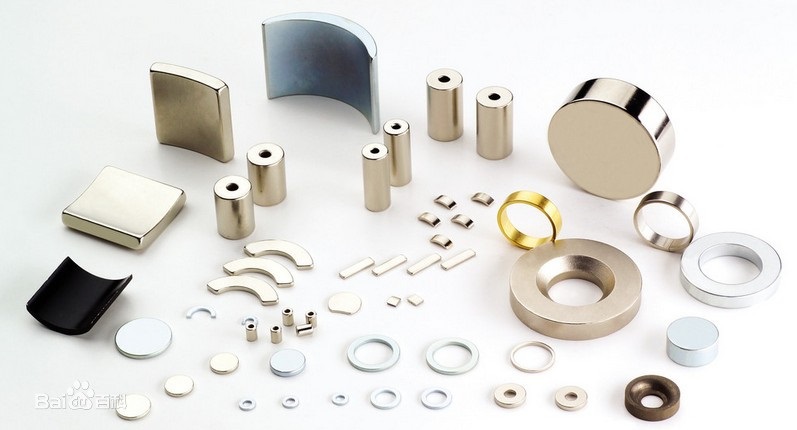Magnetic Material
Magnetic material is a material that can react in some way to a magnetic field. Magnetization curve and hysteresis loop are characteristic curves that reflect the basic magnetic properties of a magnetic material. Magnetic materials are generally divided into soft magnetism materials and permanent magnetism materials according to the difficulty of their magnetization.

The function of soft magnetic materials is mainly the conversion and transfer of conducting magnetic energy and electromagnetic energy. Therefore, there is a high magnetic conductivity and magnetic induction strength required for such materials, while the area or magnetic loss of the hysteresis loop is small. In contrast to the permanent magnetic materials, the smaller the Br and BHC are, the better, but the larger the saturated magnetic sensing strength Bs, the better.
Soft magnetic materials include, alloy thin belt or sheet, amorphous alloy thin belt, magnetic medium (iron powder core), ferrite four types.
The application of soft magnetic materials is mainly used in magnetic antenna, inductors, transformers, magnetic head, headsets, relay, vibrators, TV deflection yoke, cable, delay line, sensor, microwave absorption material, electromagnet, accelerator high-frequency acceleration cavity, magnetic field probe, magnetic substrate, magnetic field shielding, high-frequency quenching polyandry, magnetic suction disk, magnetic sensitivity elements (such as magneto-thermal materials for switch), etc.
Permanent magnet material refers to the magnetic material that can be maintained even under a considerable reverse magnetic field after the magnetization of the external magnetic field. The requirements for such materials are high residual magnetic induction strength Br, strong coercivity BHC, and large magnetic energy product (BH). Compared to soft magnetic materials, it is also called hard magnetic materials.
Permanent magnet materials include alloy, ferrite and intermetal compounds.
Permanent magnet materials are available for many uses.① Based on the principle of electromagnetic force action mainly include: speakers, microphone, electricity meters, keys, motor, relay, sensors, switches, etc.② Based on magnetoelectric action principle mainly include: magnetron tube and traveling wave tube, imaging tube, titanium pump, microwave ferro oxide device, magnetoresistance device, Hall device, etc.③ Based on the principle of magnetic action mainly includes: magnetic bearing, mineral concentrator, magnetic force separator, magnetic suction disk, magnetic seal, magnetic blackboard, toys, sign, password lock, copier, thermometer, etc.
Other applications are: magnetic therapy, magnetized water, magnetic anesthesia, etc.
With the development of science and technology, the current magnetic materials commonly used in the industry are NdFeB, aluminum-nickel-cobalt alloy, samarium-cobalt, ferrite and so on.
